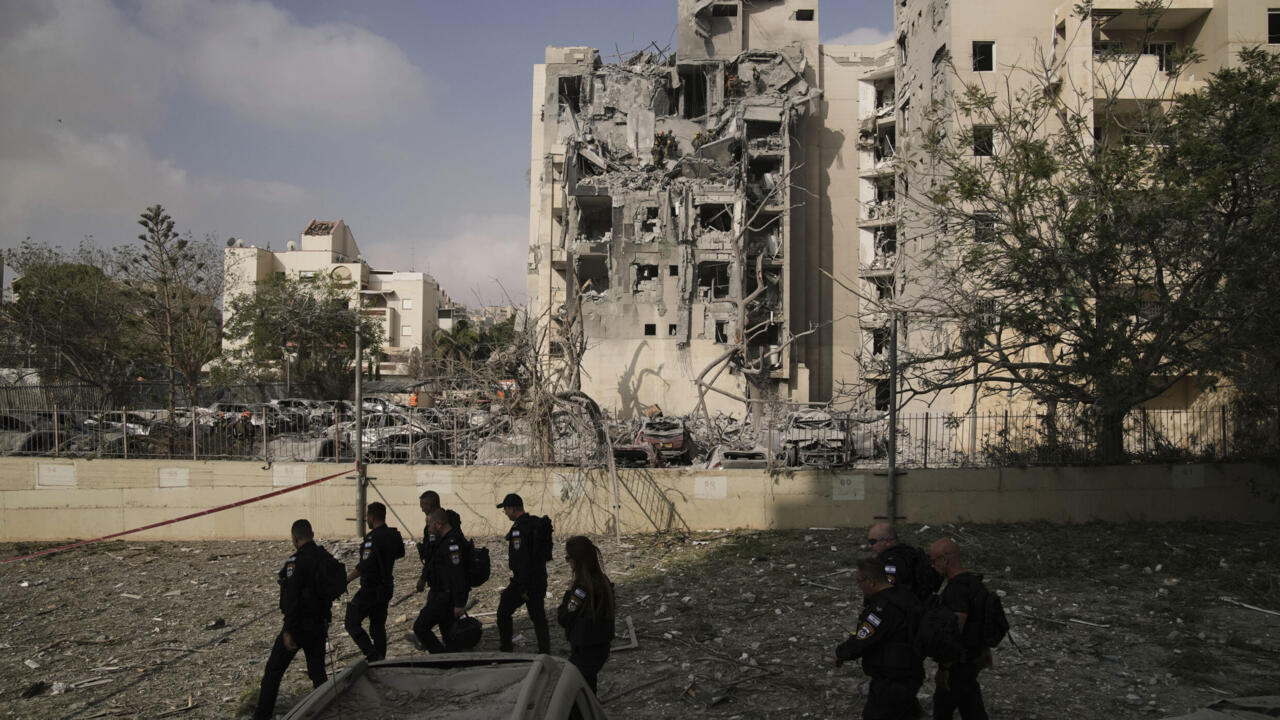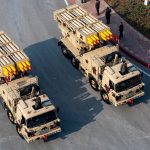Northern Israel has been rocked by fresh missile attacks as sirens blared across multiple cities and towns, signaling a large-scale strike launched from Iranian territory. The Israel Defense Forces (IDF) confirmed over 100 impact points across the region, with real-time maps showing widespread distribution of the missile hits. Emergency services have been deployed, and residents have been instructed to remain in shelters while air defense systems intercept ongoing threats.
The renewed escalation comes less than 12 hours after U.S. President Donald Trump announced a dual-phase ceasefire between Iran and Israel, aimed at ending nearly two weeks of hostilities. Under the ceasefire framework, both nations were to observe two 12-hour periods of non-aggression starting midnight. However, Iran’s actions appear to have breached this arrangement, raising questions about the ceasefire’s viability.
Israeli officials have yet to officially declare the ceasefire nullified, but military sources indicate that retaliatory operations are underway. This flare-up follows a similar wave of aggression on June 15, when Iran fired more than 100 missiles at major Israeli cities including Haifa and Tel Aviv. That attack resulted in at least three fatalities and more than 100 injuries, according to Israeli emergency services. One missile ignited a blaze near Haifa’s oil refinery, causing extensive damage.
Security analysts warn of a potential chain reaction. According to a 2023 study in the Journal of Conflict Resolution, similar events in the past have led to a 72% increase in cross-border missile exchanges within days of the initial attack.
As of now, no fatalities have been reported in the current round of strikes, but authorities are maintaining a state of high alert. The IDF has advised all civilians in the north to remain in protected areas, while the international community closely monitors what may become another dangerous chapter in the Iran-Israel conflict.







